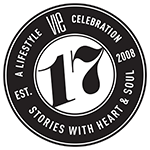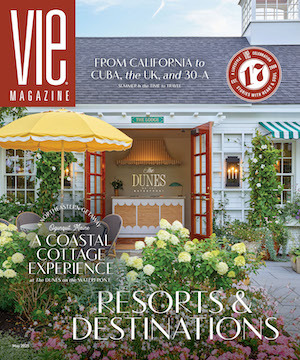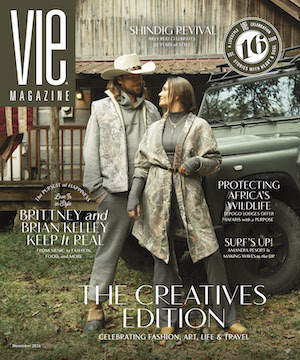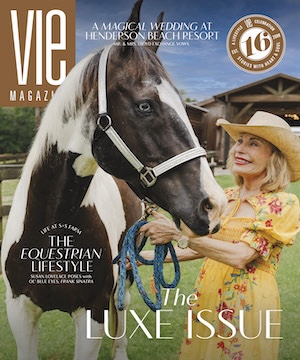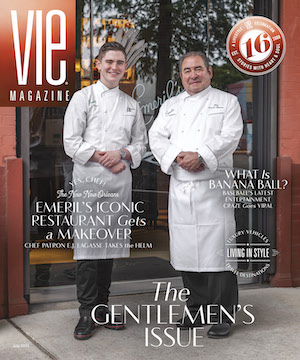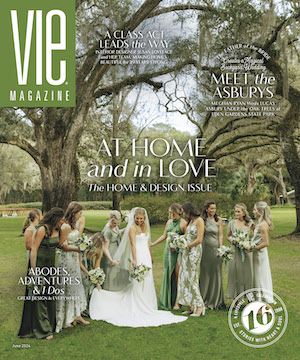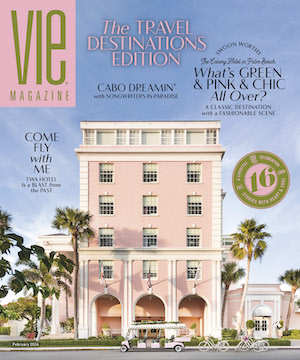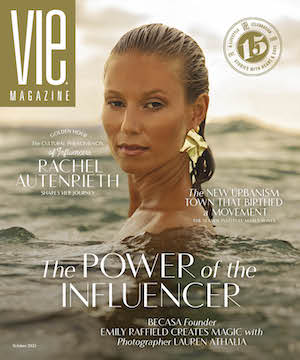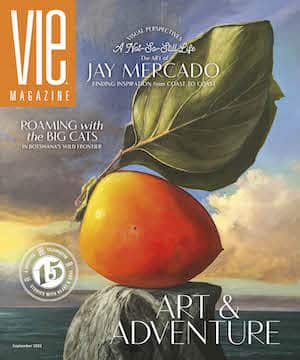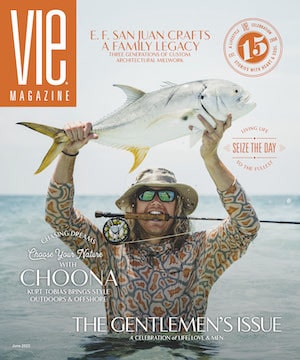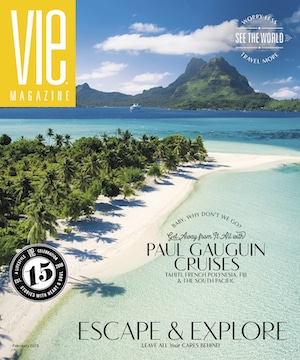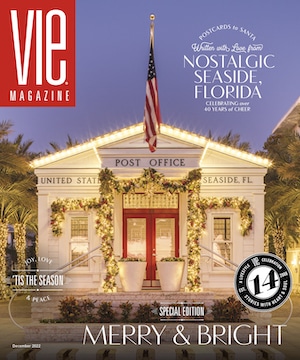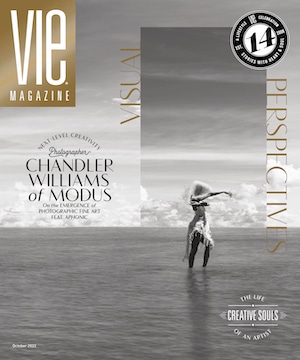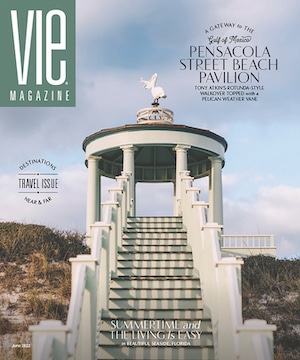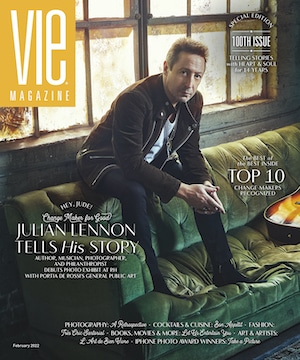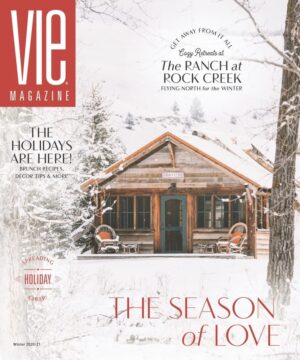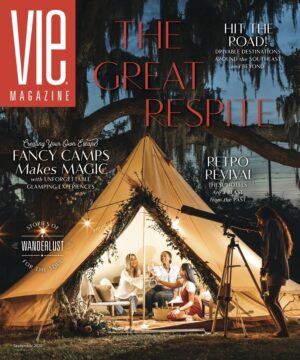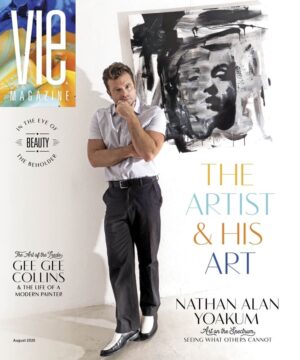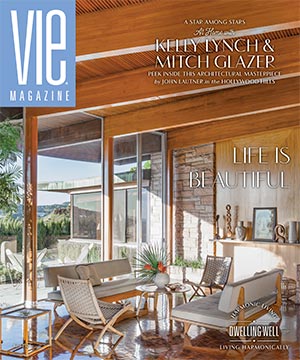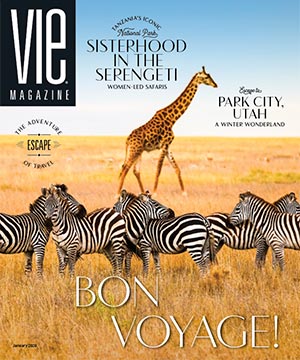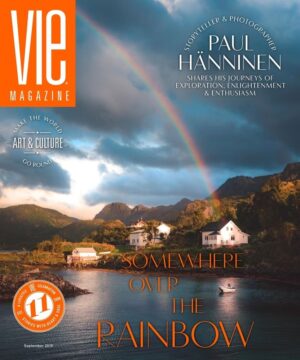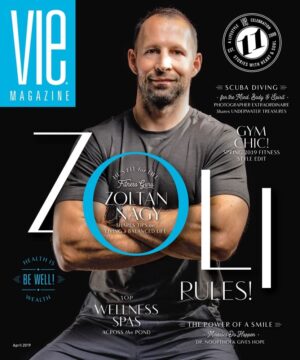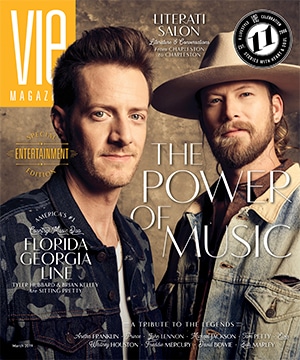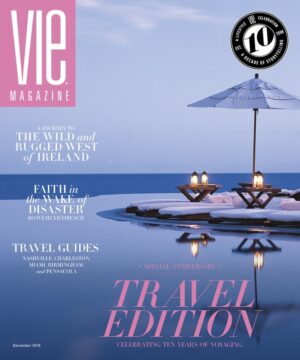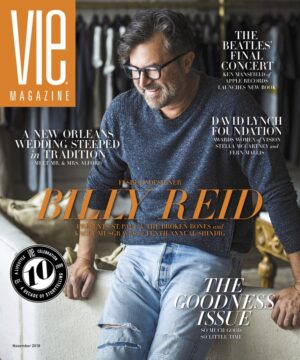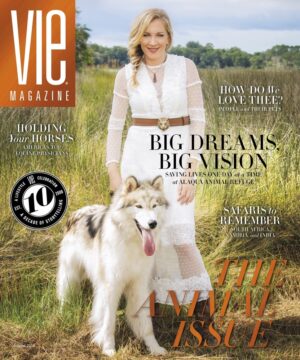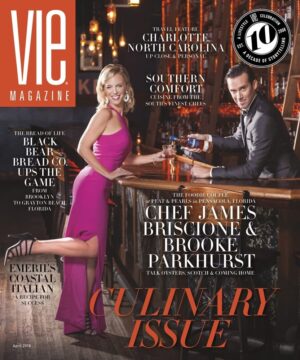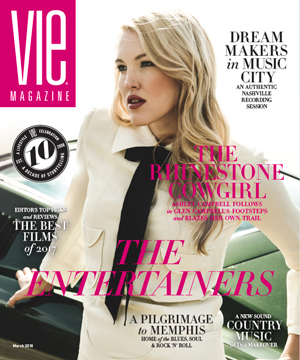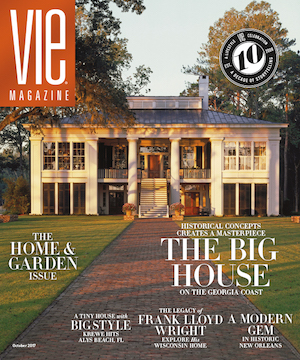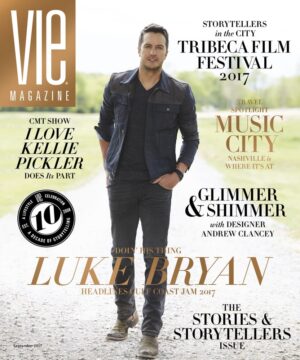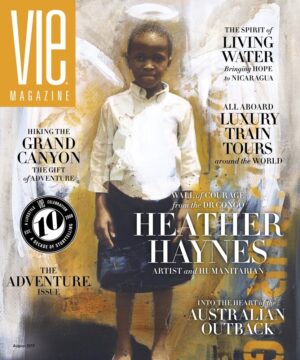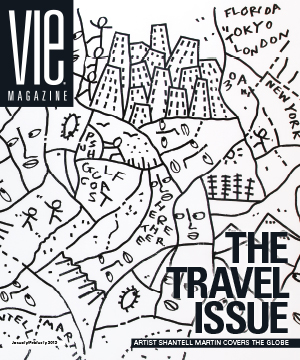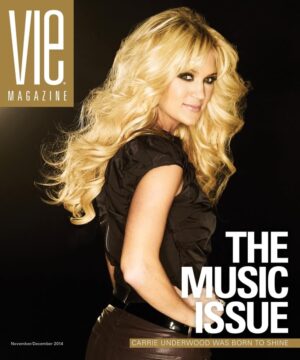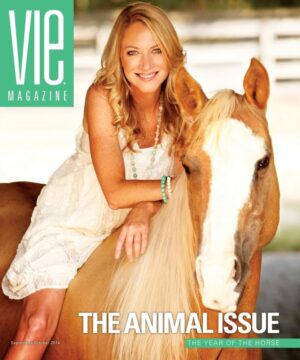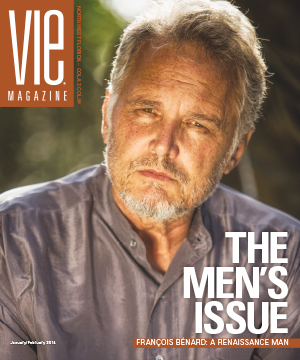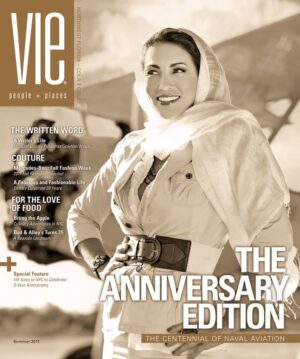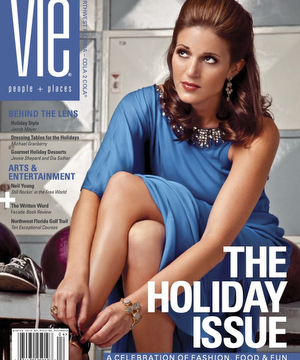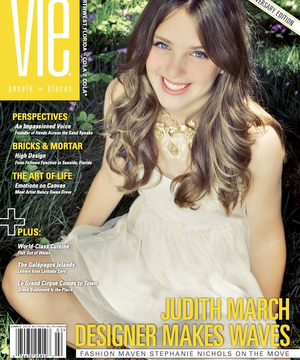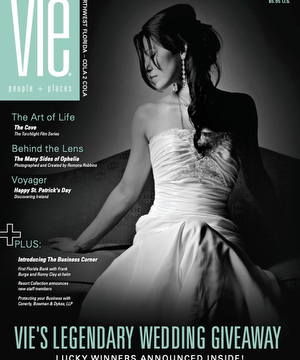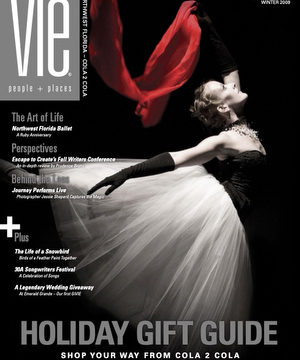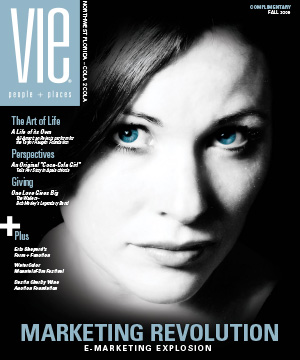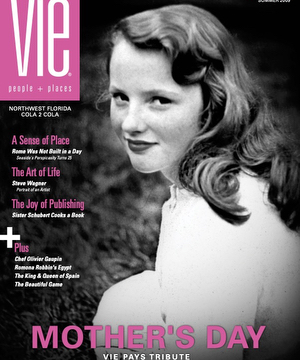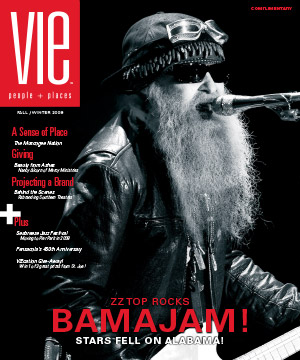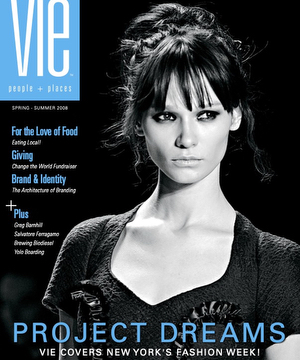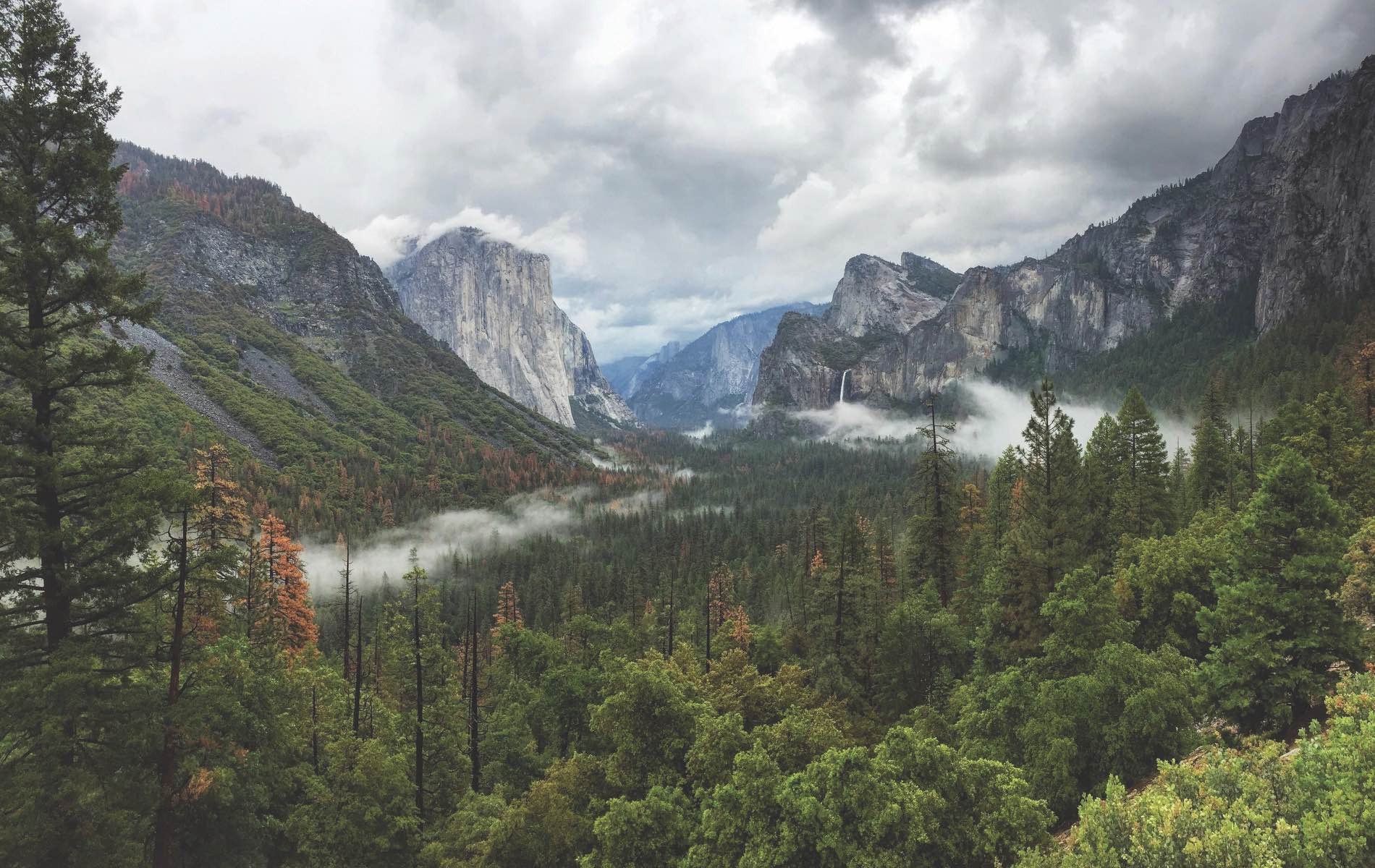
vie-magazine-kevin-costner-article-HERO
Yosemite National Park
Yellowstone to Yosemite
June 2025
Celebrating America’s National Parks with Kevin Costner
By Jordan Staggs
“The reason I wanted to be a part of this story, starting even with Yellowstone, was because they’re a part of our DNA. They’re part of our fabric. And the reality is we don’t even know the struggle, the inspiration, the guts—what was at risk for those who thought to do something differently.” This sentiment from actor Kevin Costner describes his mission to share the beauty of America’s National Parks and why their preservation is integral to the environment and humanity’s soul. His connection to and desire to protect nature has been known to the public since Costner’s early Hollywood days, and in 2022, he teamed up with executive producer Marc Pierce to film the four-part FOX Nation series, Yellowstone One-Fifty. This year, they explored another famous park to retrace historical steps in Yellowstone to Yosemite with Kevin Costner, which debuted on FOX Nation in February.
The goal of both series, Pierce and Costner share, is to tell the stories of these iconic National Parks through the lens of those who explored their lands and advocated for their creation in the first place. “We started this journey with Kevin telling the story of how Ferdinand Hayden and his expedition so impacted the preservation of what is now Yellowstone National Park,” Pierce says, referring to Yellowstone One-Fifty. “And when audiences responded so strongly to that story, we researched other stories around the formation of the many other National Parks, not really expecting to find a story as compelling as Hayden. But when we dug deeper into the Teddy Roosevelt and John Muir story in Yosemite, we knew we’d struck gold again. We shared it with Kevin, and he immediately agreed that it was a story we wanted to tell.”
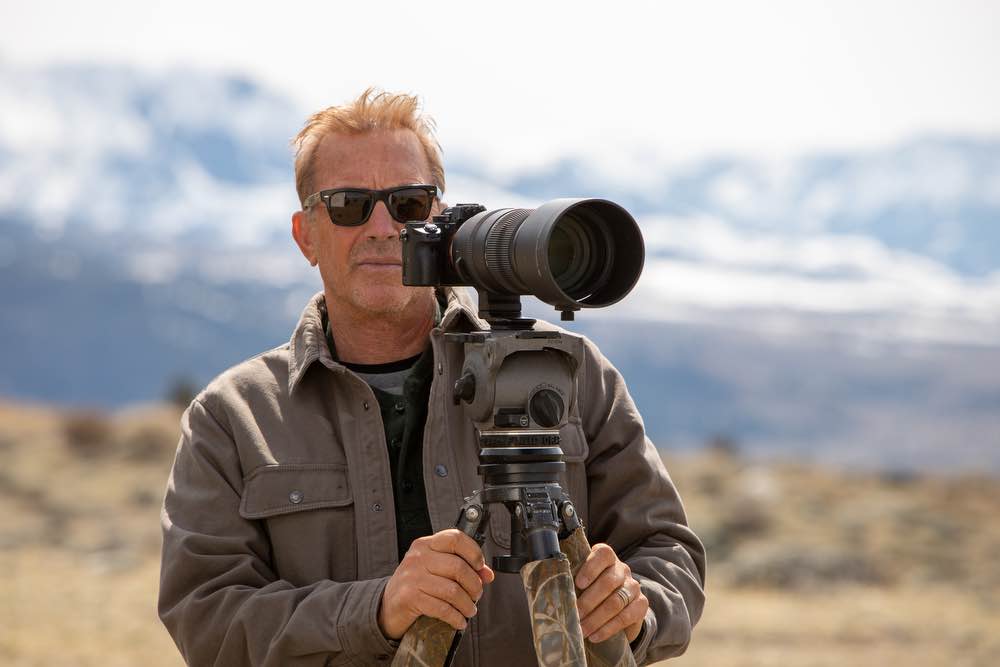
Kevin Costner on the set of Yellowstone One-Fifty, a documentary short series that debuted on FOX Nation in 2022 | Photo courtesy of FOX Nation
Costner shares, “We know Ferdinand Hayden, going into Yellowstone, was there to destroy it—to find a path for a railroad, to look for gold.” But Yellowstone One-Fifty tells the story of how that expedition turned into a revelation when Hayden became awestruck with the area’s beautiful landscapes, wildlife, and unique natural wonders. “And that’s what nature does,” Costner continues. “Part of the awe that comes from being in Yosemite … Muir understood so clearly, if he could just get Teddy there, into this spot on El Capitan, to see what he saw. [He understood] that, knowing who Teddy was, it would change the trajectory of the national park system that had fallen into disarray. Yellowstone was this beautiful idea. But all the mechanics, all the actual fundamentals of having the park system work weren’t in place. And it would require a law, because people were still rummaging around these incredible, beautiful places, doing things that had to be stopped.”
Yellowstone One-Fifty tells the story of how that expedition turned into a revelation when Hayden became awestruck with the area’s beautiful landscapes, wildlife, and unique natural wonders.
John Muir, a Scottish-born American mountaineer, writer, naturalist, and inventor, is largely known as the “Father of the National Parks.” He heavily advocated for the preservation of natural areas, including Yosemite, Sequoia, Mount Rainier, and the Grand Canyon, to name a few. And while Yosemite was named a national park in 1890, thanks in great part to Muir’s efforts, it wasn’t until 1903 that President Theodore Roosevelt accompanied the mountaineer there to see its wonder for himself. This is where Yellowstone to Yosemite picks up the story. Thanks to that fateful journey, Roosevelt was convinced the best way to preserve America’s national parks was through a federally backed program. The U.S. National Park Service (NPS) was officially established by his successor, Woodrow Wilson, in 1916, but its creation is a direct result of Roosevelt’s efforts.
Roosevelt is quoted as saying in a speech after his 1903 trip with Muir, “Lying out at night under those giant Sequoias was like lying in a temple built by no hand of man, a temple grander than any human architect could by any possibility build.”
Costner continues, “Here was Yosemite—this place that was undeniably beautiful. And the foundation of [protective efforts] in Yellowstone, like I said, was not in place, and people were taking advantage of it. It took Muir to lure Teddy Roosevelt to Yosemite, and it was Teddy who took this great idea and somehow, ultimately, truly protected it. For thirty years, Yellowstone was being kind of ravaged on a slight level. But Teddy created, with the national forests and the five national parks, this infrastructure that was designed to protect the system. I wanted to be a part of telling their story, which has become so important to me as a man. I can now bring my children to these places, and they will be able to bring their children to these places. I want to do my part, my small part, for what these men risked so long ago.”
Yellowstone to Yosemite documents Costner’s camping and hiking voyage through Yosemite with his dog, Bobby, to tell Muir and Roosevelt’s story. Along the way, the series explores the area’s history, from Indigenous American peoples to explorers and today’s status as part of the NPS. Sweeping vistas such as Yosemite Falls, the El Capitan summit, Glacier Point, and more offer a look at the California park’s most iconic landmarks.
The project also examines some darker and more difficult parts of the park’s history. “Our fingerprints as Americans are all over our mistreatment of the first people who inhabited America,” Costner says. “And I’m not afraid to be a part of that story—I am not afraid to tell it. I don’t think that I am somebody who is reinventing history; I don’t think I am somebody who has been put here to teach it. I just wanted to be part of the story because I wanted it to stay alive. Our national appetite has been at the expense of other people. But the second half of the story is that it was so beautiful that I could see [Yosemite] as a child, untouched, the same way the first people lived it for seven thousand years. I never know how to make sense of this story, but I know one thing: I thank God that Yosemite is still the way He created it.”
Our fingerprints as Americans are all over our mistreatment of the first people who inhabited America,” Costner says. “And I’m not afraid to be a part of that story—I am not afraid to tell it.
For Pierce and Costner, the endeavor to create Yellowstone One-Fifty and Yellowstone to Yosemite started with their love of these gorgeous American treasures, dating back to childhood for both of them. “My first park was Sequoia, where trees were as large as the famous picture shows that a car can drive through it, and I myself was little,” Costner recalls. “As a small child, I thought to myself, ‘My God, this is the biggest thing maybe I have ever seen in my life, so big that even a car can drive through it.’ I was lucky. Do you realize that? I was lucky someone had made a decision along the way to protect this.”
Pierce was born in the Midwest but “got to the mountains as soon as I could,” he laughs. “I’ve lived, worked, and raised my family in Montana. Being an outdoors type, I hosted hunting and fishing television shows in the early 2000s and, in the process, learned how that kind of television was made. One of my producers and I decided to start our own company, Warm Springs, and after initially focusing only on outdoor adventure stuff, we pivoted to more broadly viewed programming. Since then, we’ve produced over fifty series for Discovery, Nat Geo, History, HGTV, Science, Travel, Animal Planet, Magnolia, Max, Hulu, and more.”
I was lucky. Do you realize that? I was lucky someone had made a decision along the way to protect this.
His favorite National Park, he shares, is undoubtedly Yellowstone. “My wife was born and raised in West Yellowstone, and I lived within a few hours of the park for most of my life. We’ve made tremendous memories there. I was there yesterday, looking for the first grizzly bears of spring.”
Pierce says telling these stories together through FOX Nation, the on-demand streaming service by FOX News Channel, was a no-brainer. “FOX Nation is one of the very best platforms for history-based series. Its audience really shows up for a program that unpacks a great story about something or someone who made a difference in America or the world.”
Not only telling the story of people like Hayden, Muir, and Roosevelt in America’s National Parks, the series aims to help viewers learn how they can follow in the footsteps to protect these wild spaces. “I think the best thing any of us can do is just to spend time in these magnificent places,” Pierce says. “The more you get to know them, to appreciate them, the more you will value them for what they are: crown jewels of America.”
Visitation to National Parks has been at an all-time high over the past several years. In 2024, the National Park Service recorded 331.9 million recreation visits, surpassing the previous record of 330.9 million set in 2016. But even with those numbers, the parks are facing challenges that could affect operations, such as budget and staff shortages, overcrowding of tourists, natural disasters, environmental changes, wildlife incidents, and more.
When asked why he thinks the National Parks are seeing more visitors than ever, Costner responded, “It’s because I believe they speak to us out loud.” He goes on to elaborate, “There are things that nature takes over. It informs you of decisions that factor into the way you live your day: You get up. You’re cold. You find your coat, you get a fire going. You get your food, you cook it. You go have fun. Halfway through the day, you start thinking about that night—if it’s going to rain. There are things that happen that don’t happen in the way you normally conduct your life. And what you inevitably find out, when you are driving away from a national forest or a camping trip, there’s something most everybody says: ‘Why don’t we do this more?’”
Yellowstone One-Fifty and Yellowstone to Yosemite are all about sharing that feeling with the audience. “When we see [a national park], we simply can’t believe it—and when we can’t believe something, it touches us,” Costner goes on. “One thing we do as human beings is wish more than anything that the people we love who aren’t with us could come see the same thing we just saw.”
Pierce hints there could be more collaborations in their future, while Costner is working on future installments of his Old West-inspired film series, Horizon: An American Saga, the first of which premiered in 2024. Whether through the lens or in person, the duo hope people will get outside more and visit the National Parks and any park or outdoor space that will inspire them to live more connected with nature. With the future of the National Park Service uncertain, modern-day John Muirs and Teddy Roosevelts could make all the difference in saving them.
— V —
Yellowstone to Yosemite with Kevin Costner is now streaming on FOX Nation. Visit Nation.FOXNews.com to subscribe. Follow @kevincostner and @warmspringsproductions to learn more about Costner and Pierce’s latest projects.
Share This Story!
KEEP UP WITH THE LATEST STORIES FROM VIE
